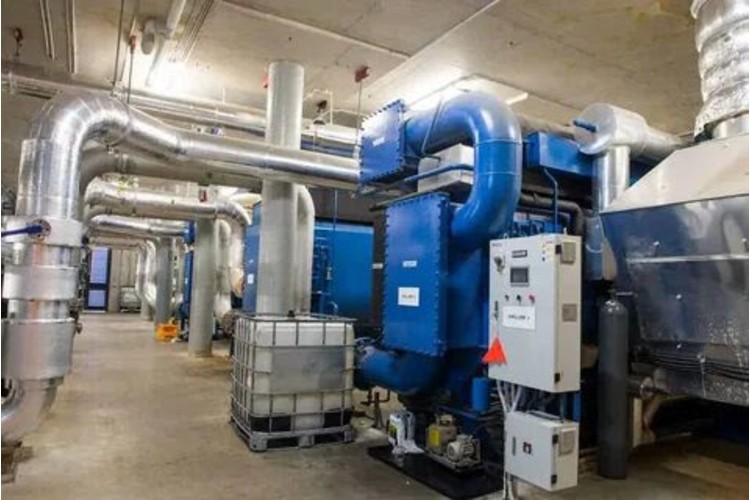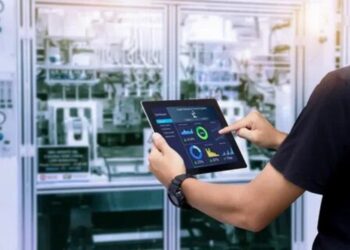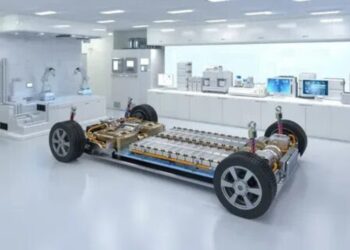As the world pushes toward sustainable energy solutions, cooling systems are undergoing a major transformation. Absorption chillers, which operate on thermal energy instead of electricity, are gaining popularity as an eco-friendly alternative to traditional chillers. By using steam, natural gas, or waste heat as their energy source, they reduce reliance on electricity-intensive cooling systems.
The Absorption Chillers Market is witnessing significant momentum as industries, urban infrastructures, and commercial facilities increasingly adopt energy-efficient cooling. From data centers and pharmaceuticals to hospitality and district cooling plants, absorption chillers are becoming central to sustainability strategies.
Renewable Energy Integration in Absorption Chillers
One of the biggest innovations in reshaping absorption chillers is their seamless integration with renewable energy and waste heat recovery systems. Solar thermal energy, biomass, and cogeneration units are now being paired with absorption chillers to maximize efficiency.
For instance, solar thermal collectors can supply the heat required to drive chillers in hot climates, while waste heat from power plants or factories can be redirected to cooling systems. This integration reduces operational costs and carbon emissions, making absorption chillers an ideal fit for industries striving for net-zero goals.
Double-Effect and Triple-Effect Absorption Chillers Explained
Historically, single-effect absorption chillers had limited efficiency, which restricted widespread adoption. However, the development of double-effect and triple-effect models has revolutionized their performance.
- Double-effect chillers use two stages of heat exchange to deliver up to 40% more efficiency than earlier systems.
- Triple-effect chillers go even further, achieving efficiency gains of over 50%, making them suitable for large-scale applications.
These innovations are making absorption chillers more attractive for energy-intensive industries such as healthcare, district cooling, and chemical processing. The ability to deliver higher performance with lower energy waste has widened the adoption base considerably.
Smart Control Systems and Digital Transformation in Cooling
Digitalization is another major force shaping the absorption chiller industry. The integration of smart control systems, IoT sensors, and AI-powered platforms has enabled real-time monitoring, predictive maintenance, and performance optimization.
Smart systems allow operators to adjust cooling loads dynamically based on energy demand, weather conditions, and occupancy levels. Predictive analytics reduce downtime by identifying issues before they escalate, while automation ensures consistent energy savings. This digital transformation is not only boosting efficiency but also extending the operational lifespan of absorption chillers.
Eco-Friendly Refrigerants Driving Absorption Chillers Demand
Environmental compliance and climate-friendly solutions are essential in today’s cooling industry. Unlike traditional systems that rely on synthetic refrigerants with high global warming potential (GWP), absorption chillers typically use natural refrigerants like water and ammonia.
Recent technological advancements have enhanced the safety, reliability, and efficiency of ammonia-based chillers, making them more viable for commercial and industrial use. With governments around the world enforcing stricter refrigerant regulations, the adoption of absorption chillers is accelerating as they naturally align with green building standards such as LEED and BREEAM.
Compact and Modular Absorption Chiller Designs
Urban infrastructure and commercial facilities are increasingly limited in space, which has driven demand for compact and modular chiller designs. Modern absorption chillers are now available in modular units that are easier to install, transport, and scale.
This modular approach provides flexibility—allowing businesses to expand capacity as needed without replacing entire systems. Hospitals, shopping malls, and urban commercial complexes are increasingly adopting these compact systems, making modularity one of the most attractive innovations in the Absorption Chillers Market.
Role of Absorption Chillers in District Cooling and Smart Cities
The rise of smart cities and district cooling plants is providing a significant growth avenue for absorption chillers. District cooling involves centralized cooling systems that distribute chilled water to multiple buildings, ensuring energy efficiency on a large scale.
Absorption chillers are particularly well-suited for these projects because they can be powered by waste heat or renewable energy. Advances in AI-driven load forecasting and pipeline integration are further enhancing their role in smart city planning. Cities in the Middle East, Asia, and Europe are actively adopting absorption chiller-based district cooling systems to reduce peak electricity demand and carbon emissions.
Key Challenges and Opportunities in the Absorption Chillers Market
Despite strong innovations, the industry still faces challenges such as high initial capital costs, complex installation requirements, and competition from advanced electric chillers. However, these challenges are driving further innovation.
Manufacturers are investing in R&D to reduce costs, simplify maintenance, and expand the application scope of absorption chillers. The rise of government incentives for sustainable infrastructure is also creating new opportunities. For emerging economies, where electricity shortages are common, absorption chillers powered by natural gas or waste heat provide a reliable alternative.
Regional Trends and Technological Adoption in Absorption Chillers
Different regions are adopting absorption chiller technologies at varying rates.
- Asia-Pacific is the fastest-growing region, driven by rapid industrialization, urbanization, and government-led initiatives in India, China, and Southeast Asia.
- North America and Europe are leveraging technological innovations to meet climate commitments, with growing demand for sustainable building infrastructure and smart cooling systems.
- Middle East is witnessing strong adoption in district cooling projects due to its hot climate and emphasis on energy efficiency.
This regional diversity underscores how local policies, industrial needs, and energy infrastructure shape absorption chiller adoption.
Outlook of the Global Absorption Chillers Market
The future of the absorption chiller industry is promising, as technological innovations continue to align with global energy transition goals. Integration with AI platforms, renewable energy systems, and advanced materials will further boost adoption.
According to insights from Fairfield Market Research, companies that focus on eco-friendly designs, modular flexibility, and digital integration are set to lead in this evolving landscape. The continued emphasis on green building certifications, carbon neutrality, and energy savings ensures that absorption chillers will remain central to sustainable cooling solutions.
Technological advancements have transformed absorption chillers from niche alternatives into mainstream solutions for sustainable cooling. With smart control systems, eco-friendly refrigerants, modular designs, and integration with renewable energy, they are well-positioned to support industries and cities in meeting their energy efficiency goals. The Absorption Chillers Market is expected to play a pivotal role in the global transition to low-carbon infrastructure, making innovations not just desirable, but essential for its growth.













